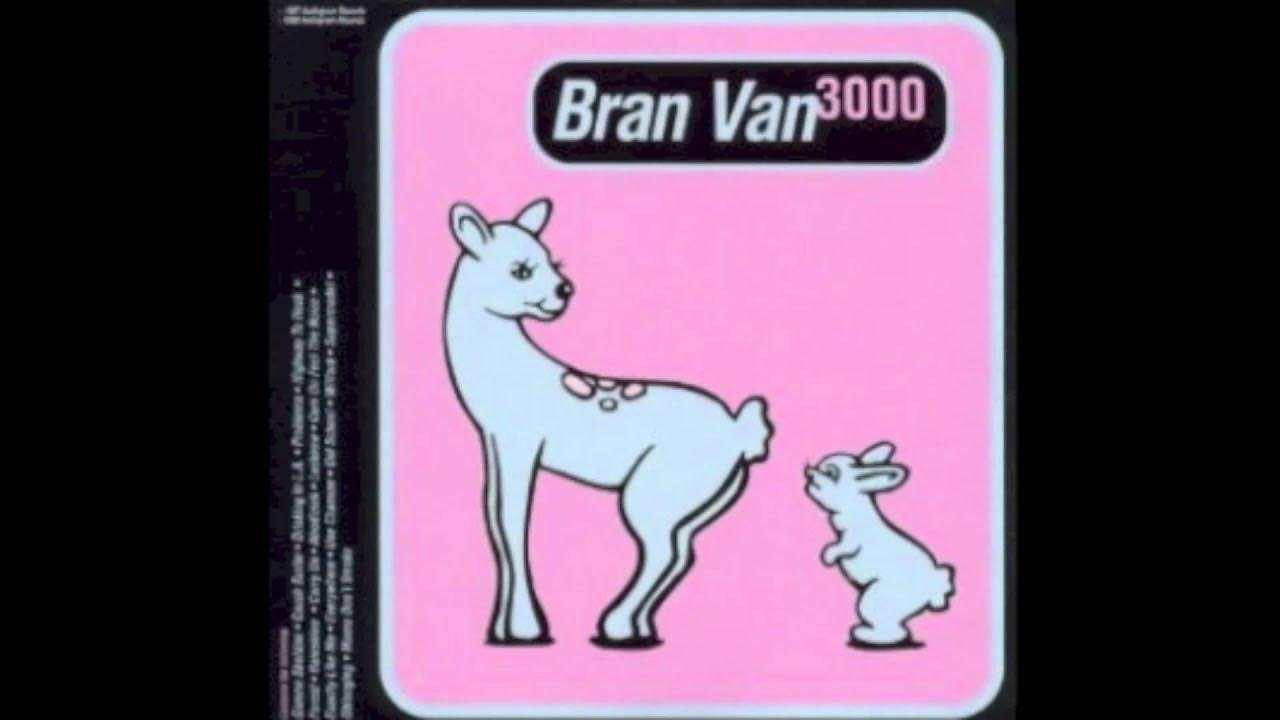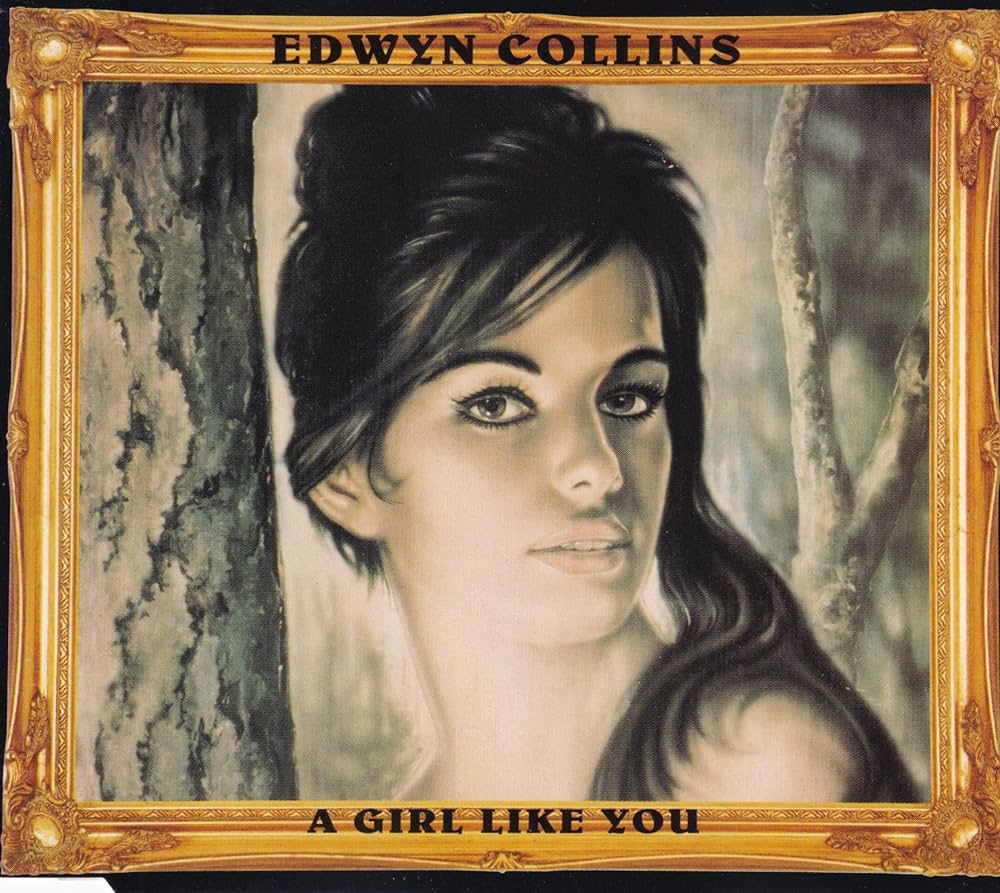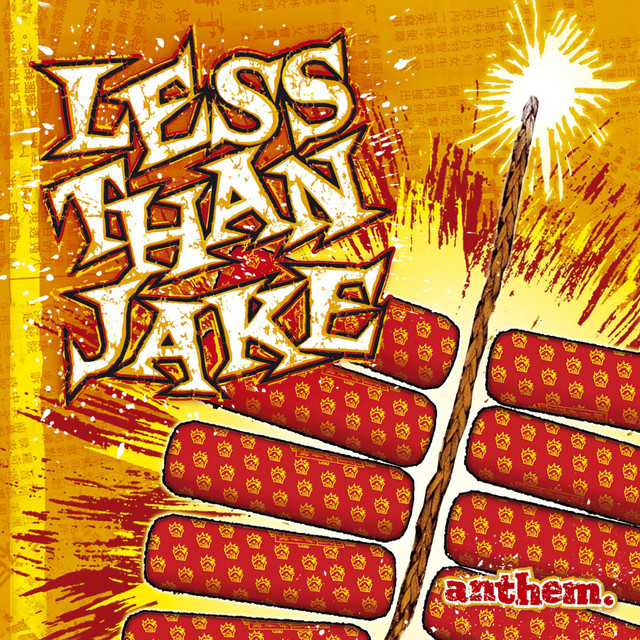 Released in 1997 during a resurgence of ska and punk-infused rock, “The Impression That I Get” by The Mighty Mighty Bosstones became an unexpected but iconic hit that helped define the third-wave ska movement in the United States. Both infectious in rhythm and sobering in message, the song straddled the line between lighthearted party music and introspective lyrical content, a duality that gave it unexpected staying power beyond the late-’90s musical boom. With its punchy horn arrangements, raspy vocals, and unrelenting energy, it propelled the Boston-based band into the mainstream and remains their defining anthem decades later.
Released in 1997 during a resurgence of ska and punk-infused rock, “The Impression That I Get” by The Mighty Mighty Bosstones became an unexpected but iconic hit that helped define the third-wave ska movement in the United States. Both infectious in rhythm and sobering in message, the song straddled the line between lighthearted party music and introspective lyrical content, a duality that gave it unexpected staying power beyond the late-’90s musical boom. With its punchy horn arrangements, raspy vocals, and unrelenting energy, it propelled the Boston-based band into the mainstream and remains their defining anthem decades later.
“The Impression That I Get” appeared on the Bosstones’ fifth studio album, Let’s Face It, released in March 1997. Although the band had been active since the early 1980s, cultivating a strong regional following through constant touring and a relentless work ethic, they had never cracked into mainstream success prior to this track. That all changed when “The Impression That I Get” started climbing the charts and gaining massive airplay on both alternative radio and MTV. For a brief, brilliant moment, the Bosstones were everywhere, and so was their genre.
What makes “The Impression That I Get” so remarkable is its juxtaposition of high-octane ska-punk instrumentation with lyrics that dig into the deeper, darker anxieties of human existence. The central lyrical premise revolves around the narrator contemplating adversity and misfortune—not from personal experience, but from observation. The iconic opening line, “Have you ever been close to tragedy or been close to folks who have?” sets the tone for a song that interrogates the human tendency to assess one’s own resilience in the abstract, to wonder, “How would I react if I were truly tested?” The chorus’s phrase, “I’m not a coward, I’ve just never been tested,” reveals the fragile line between confidence and fear, strength and vulnerability.
This thematic weight is dressed in a vibrant sonic palette. The horns are jubilant and precise, a defining characteristic of ska music, but here they carry an urgency that amplifies the emotional core of the song. The rhythm section drives forward with a relentless energy, and Dicky Barrett’s gravel-throated vocals deliver the lyrics with a mixture of bravado and trepidation. Barrett doesn’t sing so much as bark or sermonize, and that unpolished, visceral vocal delivery gives the track its unique grit. His voice feels lived-in, and when he wonders aloud if he could handle catastrophe, it doesn’t feel rhetorical—it feels like a genuine, self-critical meditation.
Musically, the song is textbook third-wave ska: distorted guitars interlock with syncopated upstrokes, a walking bassline, and a prominent horn section. But while many of their contemporaries leaned heavily into goofy humor or party anthems, the Bosstones opted to walk a more serious path. That distinction is one of the reasons “The Impression That I Get” stood out so strongly in the musical landscape of the late ’90s. It was catchy enough to dance to, deep enough to ponder, and heavy enough to mosh to—a rare trifecta.
The Bosstones weren’t new to the genre or the game when they released this song. Their fusion of hardcore punk and traditional ska had been brewing since the early ’80s, when they formed in Boston. They were pioneers in blending the aggression of the local hardcore scene with the bounce and brass of Jamaican ska, creating a raw hybrid that would later be termed third-wave ska. While bands like No Doubt, Reel Big Fish, and Less Than Jake would also find fame during this era, the Bosstones were considered elder statesmen, carrying the credibility of veterans and the energy of hungry newcomers. Their consistency over the years helped build the very infrastructure that allowed the ska-punk genre to explode into mainstream consciousness.
“The Impression That I Get” was also one of the few ska songs to reach significant commercial success on a global scale. It peaked at number 1 on Billboard’s Modern Rock Tracks chart and became the band’s signature song. Its popularity extended into film and television, appearing in several late ’90s and early 2000s teen movies, including Chasing Amy and Step Brothers, as well as TV spots and sports arenas. It became a cultural signifier of a time when rock was being reimagined through the lens of punk’s ethos and ska’s bounce.
Beyond the charts and playlists, the song’s social resonance shouldn’t be underestimated. While many ska songs were dismissed as trivial or juvenile, “The Impression That I Get” managed to inject a level of existential contemplation into a genre not typically associated with self-doubt or reflection. It asked important questions in a form that didn’t alienate listeners—rather, it lured them in with toe-tapping rhythms and then made them think. The song embodies that universal human feeling of hypothetical dread, the question of one’s own mettle, and whether you’d rise to the occasion when fate finally knocks. It’s a question with no answer, and perhaps that’s what makes the song feel so timeless.
The song also mirrors the band’s working-class sensibilities. The Bosstones were never about flashy production or calculated image-making. They were about authenticity—loud suits, louder horns, sweat-drenched shows, and a deep sense of community with their fans. The tone of “The Impression That I Get” echoes that ethos. There’s no pretension here, just honest musical craftsmanship and emotional transparency. The Bosstones weren’t pretending to be rock gods. They were ordinary guys grappling with ordinary fears, delivering extraordinary music.
Despite its success, the song never transformed the Bosstones into pop superstars, and in some ways, that was for the best. They remained a cult band, beloved for their consistency, their loyalty to the ska community, and their relentless dedication to touring. “The Impression That I Get” became both a gift and a challenge—its success was difficult to replicate, but it also allowed the band to keep doing what they loved on their own terms. It was lightning in a bottle, but the Bosstones didn’t spend the next two decades chasing another bolt. Instead, they just kept playing.
Looking back, the legacy of “The Impression That I Get” is twofold. First, it’s one of the most enduring artifacts of third-wave ska, a genre that has since receded from the mainstream but still thrives in underground scenes worldwide. Second, it’s a song that transcends its genre, a master class in how to marry catchy songwriting with genuine emotional depth. Long after the horns fade and the mosh pits clear, that lingering question remains: have you ever been tested? And if you were, would you pass?
In the years since its release, “The Impression That I Get” has lost none of its potency. Whether heard blaring from the speakers at a sports arena, pouring out of a bar jukebox, or rediscovered on a nostalgic playlist, the song still commands attention. It still invites listeners to dance and to reflect, to shout and to question. That dual capacity—to entertain and to provoke—is what makes it a rare and enduring work.
And while the ska revival has long since faded from popular consciousness, “The Impression That I Get” endures as a high-water mark. It’s a time capsule of late-’90s alternative music, yes, but also a universal expression of human doubt, dressed up in horns, distortion, and Barrett’s unmistakable bark. Ska may come and go in waves, but true songs of substance—songs that dance with dread and optimism alike—stay afloat. And this one is still skanking across the decades, still asking the question, and still daring us to answer.


